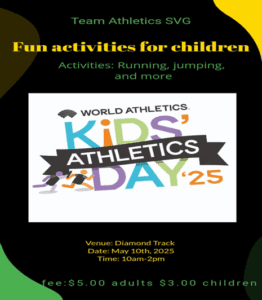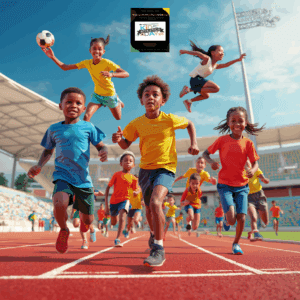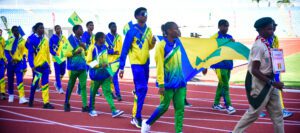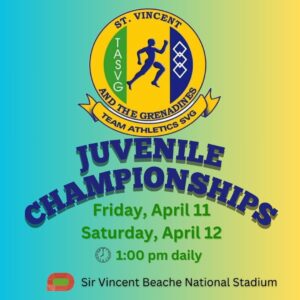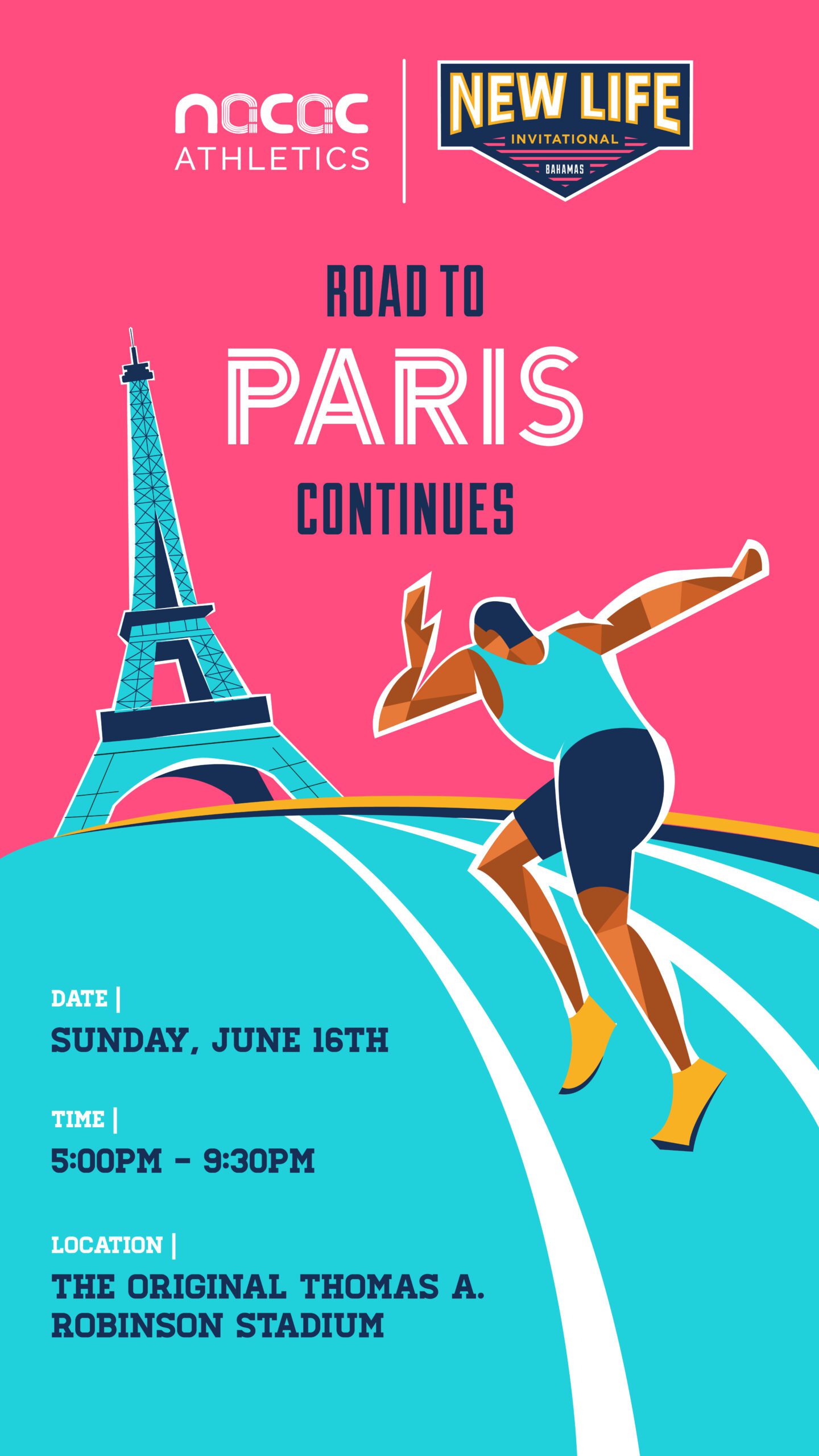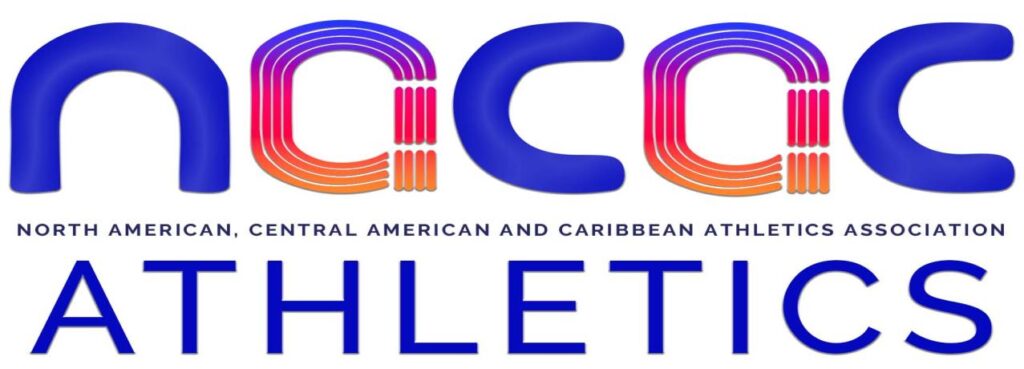The Politics Of Inclusion In Sport
From incept, organised sport has had more than its fair share of problems regarding the thorny issue of prejudice. Importantly, one of the most critical aspects of the prejudice in sport has been that of lack of inclusion.
Women
The Ancient Olympics had been characterised by the distinctive bias against the inclusion of women. Society, dominated by conquest, ancient society ignored the capacity of women to earn their place as individual members. For decades, women were seen as significantly less than their male counterparts in virtually all aspects, except, perhaps, in the realm of domestic chores.
Women were, unfortunately, considered inferior as individuals, capable of meeting the biological needs of the men in society.
As happened in other aspects of society, over the decades and centuries, women have had to struggle, using all manner of strategies, to establish themselves sufficiently to be considered worthy of recognition for just being women.
History reveals the inordinately long time before women were allowed to engage in sporting contests and even then, only to the extent that society at large and science thought them capable.
An abstract from an article written by Richard Bell (2007), observed, “A dominant belief in the 1800s was that each human had a fixed amount of energy. If this energy were used for physical and intellectual tasks at the same time, it could be hazardous (Park & Hult, 1993). Horseback riding for pleasure, showboating, and swimming became fashionable, but women were not encouraged to exert themselves. Such physical activity for a woman was thought to be especially hazardous because during menstruation she was “periodically weakened” (Clarke, 1874, p. 100). In 1874, as women were beginning to gain access to higher education, Dr. Edward Clarke published Sex in Education; or, A Fair Chance for Girls, which sparked a tenacious and acrimonious debate about the capacity of women for physical activity. He stated that, “both muscular and brain labor must be reduced at the onset of menstruation” (p. 102).
Not surprisingly, therefore, we are informed that “Manipulating science to reinforce established dogma prevailed for many years in spite of repeated examples of women who were perfectly capable of performing physical feats and intellectual tasks. Many early opportunities for women to engage in physical activity were thwarted as a result of this dogma (Park & Hult).”
Decades passed before women were allowed to compete and over time, different sports took interest and opened up in response to challenges, mostly from women themselves, eager to show that much of what was used against their involvement was sheer discrimination. They were intended to sustain male dominance in sport as in all other aspects of society.
Even as significant change shave taken place there is little doubt that remnants of the discrimination against women are retained in many sports. In track and field athletics, for example, the decision to continue with the heptathlon instead of the decathlon, only for women, remains nothing other than purely discriminatory.
In some sports, several cases continue to be brought forward as women strive to remove much of the barriers that remain as well as to readily respond to new ones that are emerging from time to time.
Indigenous Peoples
Conquest and colonialism have led to the emaciation of millions of people across the world.
Indigenous peoples in many countries have long been, and continue to be, the object of much discrimination.
The recent visit to Canada by the Roman Catholic Pontiff, the Pope, has seen him forced to contend with massive protests inn support of the cause of the indigenous peoples of Canada, amidst ongoing revelations of the carnage undertaken by Catholics in years past.
Whilst the Pope has apologised, many of the indigenous peoples remain insistent that more is needed to remove the pain.
The world of sport has not done enough, for example, to credit indigenous peoples of the world for their tremendous contributions to global society and more particularly, to global sport.
Many may recall that during the Commonwealth Game sin Victoria, BC, Canada, in 1994, Australian sprinter, Cathy Freeman, took an unprecedented stance for the rights of her country’s aboriginees. She took her victory lap in the 400m draped in the aboriginal flag and that of Australia. The Chief of Mission threatened that should this action be repeated, she would be sent home forthwith. This was because the aboriginee flag was not officially recognised.
Ahead of the 200m final, the Prime Minister of Australia, averted another showdown by declaring his government’s recognition of the aboriginee flag. Once victorious, Freeman again draped herself with both flags as she ran around the track in celebration.
In more recent times, the Commonwealth Games Federation has begun effective dialogue with the First Nations of Canada and across the Commonwealth. This has led to a Draft Commonwealth Declaration on Truth, Reconciliation and Partnership with Indigenous Peoples.
Social Class and race
Over the centuries, sport has been reflective of society at every historical epoch. Class has been one of the burning aspects of sport, through the ages.
It is common knowledge that during the ancient Olympics the common man, considered lacking in intellect, was considered something of an aberration and hence was not readily seen as worthy of being a competitor in the quadrennial contests.
Discrimination favoured the educated upper class over the common man.
Sport was something that offered the upper class and educated individuals an opportunity to show their ‘superiority’ over the ‘others’. The latter of course were considered only suited to manual labour.
In the Caribbean, we have had our own experience of the discriminatory practices in sport based on both race and class.
The experience of slavery allowed for the introduction of Africans who were immediately the object of racial discrimination. Emancipation allowed full reign to endemic racism of a nature that is today still very much in evidence.
CLR James, in his epic book, Beyond A Boundary, chronicled the machinations in West Indies Cricket that reflected the negative impact of chronic racism on the recognition and selection of players and the captains of successive teams. Of course, the most noteworthy of this was his endorsement of and advocacy for the legendary, Frank Worrell, to be appointed captain of the regional side.
James noted that it was clear to all but the Board governing the sport in the region, that Worrell had all the skill capabilities for the leadership role and that the only reason for him not being appointed was his skin colour.
The history of cricket in the Caribbean is, in large measure, a history of the classism and racism as twinned violations of the human condition in sport.
For decades, every island in which cricket was played, the sport was firmly in the hands of the whites. This only began to change in the late 1960s and 1970s.
But Cricket was ruled at the international level, by the International Cricket Council, dominated by people of the upper classes and who were white.
Cricket however was not the only sport that exhibited classism and racism.
This crass and immoral practice was also evident in tennis, rugby, cycling and swimming, for many years.
Members of colour and the lower social classes took to track and field athletics and football, perceived at the time as grassroots sports that offered little chance of advancement, socially. Of course there has been some change in this regard as these sports now offer access to more lucrative benefits from their achievements on the field of competition.
Black footballers have been called names while on the field of play, even by fellow footballers. Others have had banana skins thrown onto the competition arena.
American athletes, John Carlos, Tommie Smith, Vincent Matthews and Wayne Collett, remain examples of black athletes who still believe that their right to protest ought not to have been spurned and that they should never have been banned for standing up for a cause celebre.
The outright global response to racial segregation in the USA and Apartheid in South Africa and the ignominy of racism in Ian Smith’s Rhodesia, did spur some important challenges, in and through sport, that must be duly credited.
But we have, by no means seen the end of classism and racism in sport. The spectre of racism in ever present in football, even at the club level in different parts of Europe, for example.
Semenya, LGBTQ, et al
Caster Semenya has been the object of much derision after it was revealed that she was biologically different. Since then she has been engaged in one battle after another over whether the treatment being meted out to her by World Athletics is just.
Interestingly, Semenya was being advised that her options to stay in the sport was ether to take medical treatment to lower her testosterone levels or move to longer distances where her levels would not impact her performance. The irony was that as female athlete was being asked to take medication to get her to get to ‘acceptable’ testosterone levels or learn to run longer distances. She cannot win in her battles.
The Semenya case has led many athletes who find themselves with similar biological statuses and who are involved in high level sport, to come forward, creating numerous challenges for the international sport community. They are aware that they all risk discrimination at different levels in society but opt for revelation rather than hiding.
As we write this Column, the Commonwealth Games Federation is celebrating its recently launched initiative, ‘The Commonwealth Sport Pride Network’, with a mandate “to positively champion and enable LGBTQ+ inclusion at the Commonwealth Games and across the Commonwealth Sport Movement”.
The initiative “is a voluntary network and coordination group, that looks to bring together athletes, coaches, Commonwealth Games Associations (CGAs), Games organisers, stakeholders, partners and allies.”Key focus areas include, “community, education, visibility and influence – enabling the network to:
- Create a safe space for LGBTQ+ people and allies to meet, support and coordinate activities as a community
- Increase visibility and awareness of LGBTQ+ inclusion and participation in Commonwealth sport and positively promote equality, role models, best practice and support Pride House at the Games
- Support allies, CGAs, Games organisers and other stakeholders through information-sharing, training and education
- Provide a collective platform to influence and drive positive change for LGBTQ+ acceptance and equality across Commonwealth Sport and the wider Commonwealth.
Conclusion
It is only a matter of time before many of those who have been discriminated against limb the ladder of success to the point of leadership of international sporting federations.
Perhaps when the foregoing occurs, we may see international sport organisations being forced to allow for a genuine end to discrimination in sport and so, more readily impact society.

